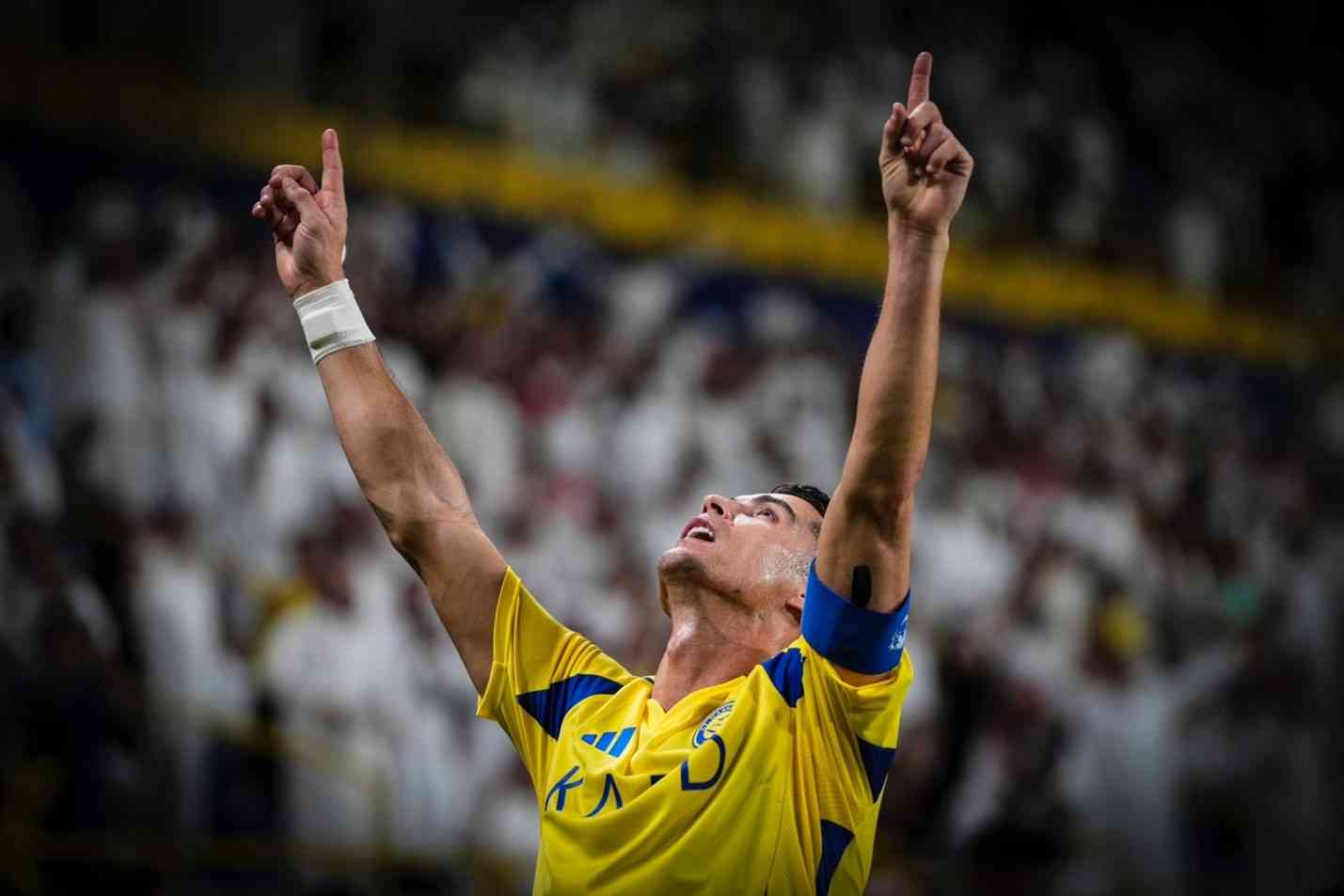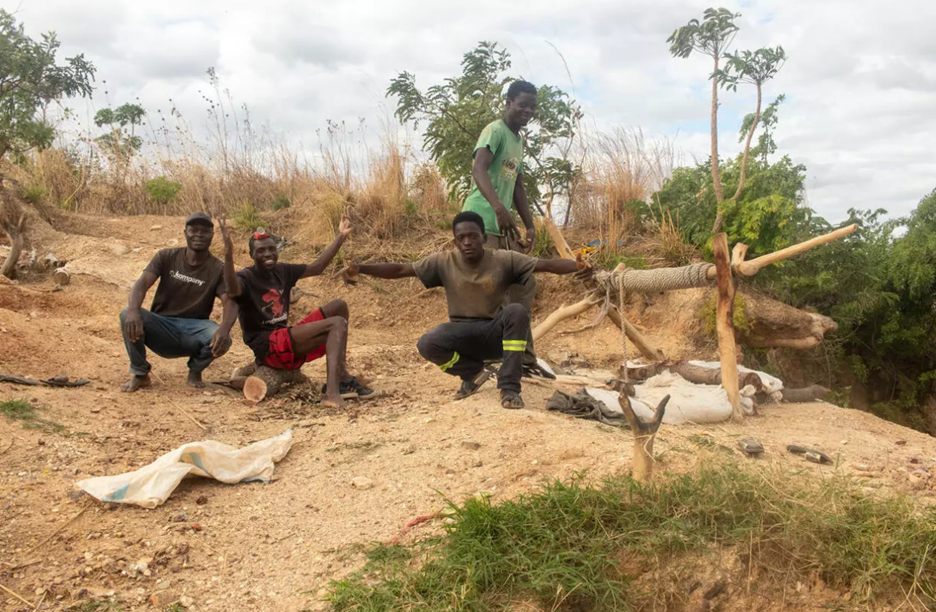
Since Zimbabwe’s independence in 1980, Zanu PF has used crude tactics to entrench itself on the country’s political landscape, including mass murder, corruption and infiltration as well as human rights abuses.
The first victim of these tactics was Zapu, a leading liberation movement that was hounded by the regime of the late Robert Mugabe until it was forced to merge with Zanu PF in 1987.
It was a forced marriage that Zapu leader Joshua Nkomo and his lieutenants had to agree to as a way of ending the mass slaughter of the party’s supporters and former fighters of its military wing Zpra.
The number of people killed during the genocide has been put at 20 000 by some researchers and the victims are yet to get closure because there has been no truth telling.
Zanu PF was intent on creating a one-party state and it demonstrated that after one of its own Edgar Tekere formed ZUM following his expulsion in 1988.
Tekere’s movement was short-lived because Mugabe used violence and coercion to stop it in its tracks.
Then came the Movement for Democratic Change (MDC) led by Morgan Tsvangirai, which was formed in 1999 and became the strongest opponent to Zanu PF after the demise of Zapu.
Many lives were lost and Zimbabwe was turned into a pariah state as Zanu PF fought to hang on to power.
- Giles Mutsekwa was a tough campaigner
- Letter from America: Mountview Primary: A school with a big heart!
- Giles Mutsekwa was a tough campaigner
- Letter from America: Mountview Primary: A school with a big heart!
Keep Reading
Eventually the MDC was infiltrated by Zanu PF moles and state agents, leading to damaging splits that curtailed its efforts to challenge Mugabe and his party.
Tsvangirai’s leadership style that was to some extent dictatorial was to blame for the splits and the party’s failure to win state power.
After his death, Nelson Chamisa emerged as the leader of the movement in what was described as a palace coup after outmanoeuvring his rivals to grab the throne, but his reign did not last long.
Chamisa was pushed out by Douglas Mwonzora with assistance from state institutions and that forced him to form the Citizens Coalition for Change (CCC).
A fortnight ago, he quit CCC in a huff after falling victim to his own style of leadership that saw him run a party without structures, a constitution and side-line many leaders that had sacrificed a lot to nurture the opposition movement since 1999.
As Chamisa prepares to form his third party since Tsvangirai’s death, he needs to self-introspect and deal with his own shortcomings that have led to the disintegration of CCC and MDC Alliance before it.
Everyone is alive to the fact that Zanu PF is a brutal system that brooks no opposition, but if there has to be a viable alternative vehicle it has to be founded on values and principles that don’t mimic the monster it is up against.










